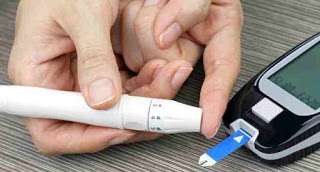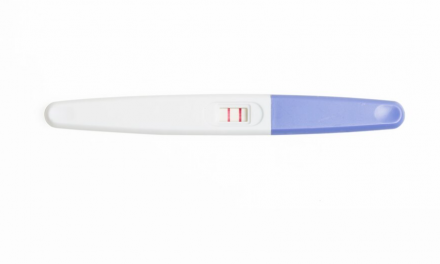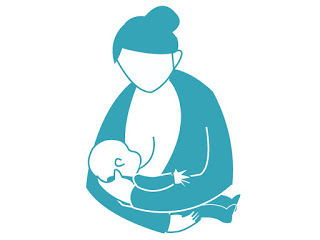In the management of people with diabetes, we routinely equip patients with glucose meters and ask them to check sugars at home. While the importance and utility of checking sugars at home for people using insulin is clear, there is much debate about whether this is useful for people with type 2 diabetes who are not on insulin. A recent study, which got a lot of media hype, tackled this question.
The study, published in JAMA Internal Medicine, randomized 450 people with type 2 diabetes and not using insulin, to either a) no home glucose montoring; b) checking sugars once daily; or c) checking sugars once daily plus automated educational/motivational messages delivered to the patient from the meter.
The researchers found that there was no difference in diabetes control (A1C) nor health related quality of life after 1 year, and concluded that glucose monitoring in people with non-insulin-treated type 2 diabetes should not be routine.
I have some major beefs with this conclusion:
1. Testing once a day does not tell a person very much about their blood sugar. In order for home testing to be useful, I advise ‘paired meal testing’: checking before a meal, and checking again 2 hours later. This can be very helpful to see how certain types of food affect your blood sugar, and can be help to eat mindfully and manage portion control. I don’t necessarily advise doing this every day: checking each of breakfast, lunch, and dinner once per week can be enough. However, depending on what kind of medication a person is taking, I may recommend more often. Also, if diabetes control is not great, then checks (in my opinion) should be done more frequently so that we can figure out how to bring down the sugars effectively and safely.
2. As the authors note, the study was not powered to determine if there are benefits to checking sugars around the time of medication or dose changes. It is very difficult for a doctor to know what the next best medication may be without knowing the pattern of blood sugars through the day. Knowing the pattern of blood sugars is extremely important when new medications are added onto sulfonylureas and insulin in particular, because these medications can cause low blood sugar. For example, if sugars are highest in the morning and lower later in the day, there is a risk of causing low sugars if a treatment is added that brings down sugars in the morning (as sugars later in the day will go down too).
3. Compliance with sugar checks in the study was poor by one year, declining gradually over the year, with only about 55% of people in the monitoring groups checking sugars each day by the 1 year mark. Interestingly, the diabetes control (A1C) was better at 3, 6, and 9 months in the glucose monitoring groups, compared to those not monitoring – perhaps the lack of difference in A1C by 1 year was due to the poor compliance with glucose checks by that point in time.
4. The study team did not engage with patients after their baseline visit – meaning patients were on their own to interpret their blood sugars without help from the study team. Their family doctors received a copy of blood sugar results, but the study did not collect info on what was done with that data, and these clinicians had minimal interaction with the study team.
Diabetes is a team sport – an important part of the benefit of checking blood sugars is to discuss these results with your health care team for help in optimizing control. While the setup of this study was intended to be ‘real world’, I would submit that what patients perceived as their ‘health care team’ during the study (their usual doctors plus study investigators) were not working as a team and this may have limited the best possible use of home glucose monitoring. And perhaps compliance with checking sugars in the study would have been better if that team was working together and more engaged with the patients, as is the ideal model of care. We are blessed in Canada to be able to say that for most people in our country, the ‘real world’ does consist of free access to a team to help each individual with their diabetes care.
5. For any patient on a sulfonylurea (and of course insulin), sugars must be checked before driving. For a paper to conclude that glucose monitoring should not be routine (in a study where 36% of patients were on sulfonylurea!) is inappropriate.
Unfortunately, the media took hold of this study and has been shouting from the rooftops that people with non-insulin-requiring diabetes do not need to check their blood sugar. I would be most saddened if patients get the message that they should stop testing their blood sugars, and would strongly advise people to continue to follow their doctor or diabetes educator’s recommendations on how frequent of sugar checks is appropriate.
I hope this blog helps to provide some balance and perspective on what I feel is a study full of limitations.
Disclaimer: I have received speaking honoraria from makers of glucose meters.












